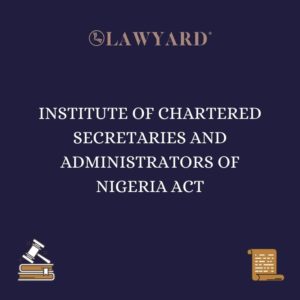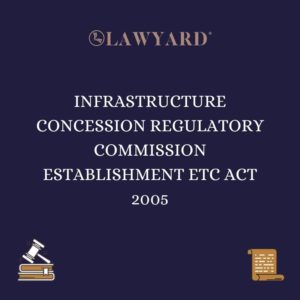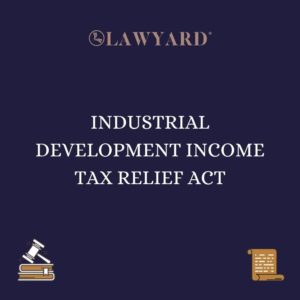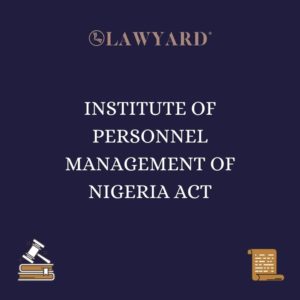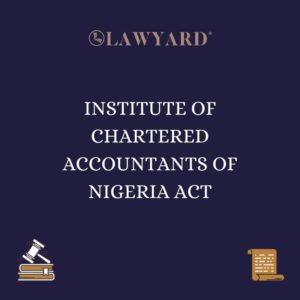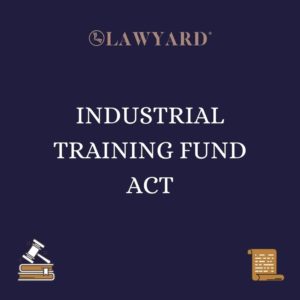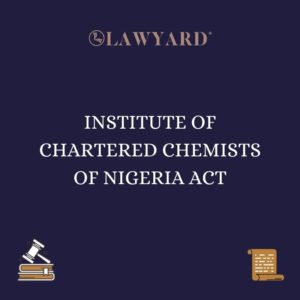Be the First to Know: Criminal Liability of a Person Who Counsels Another to Commit an Offence

Lawyard is a legal media and services platform that provides…
TITLE: Criminal Liability of a Person Who Counsels Another to Commit an Offence
CASE TITLE: The State V. Ogbonna Egwu (2021) LPELR-56609(SC)
JUDGMENT DATE: 10TH DECEMBER, 2021
JUSTICES: MARY UKAEGO PETER-ODILI, JSC
EJEMBI EKO, JSC
MOHAMMED LAWAL GARBA, JSC
IBRAHIM MOHAMMED MUSA SAULAWA, JSC
EMMANUEL AKOMAYE AGIM, JSC
PRACTICE AREA: CRIMINAL LAW AND PROCEDURE- CRIMINAL LIABILITY/RESPONSIBILITY
FACTS:
The Respondent is the President of the Youths of Amorie Ozizza Community in Afikpo North Local Government Area of Ebonyi State. On 18th September, 2016, he directed members of the Task Force of the Youths Association to go out as a group for the purpose of compelling the youths in the community to attend the Youths Association’s meeting scheduled to hold that day at the community playground. The meeting was concerning some development projects to be executed by the community. The Respondent also joined the youths in executing this directive.
Armed with sticks, machetes and axes, the youths invaded the home of one Ali Agha, to compel him to attend the said meeting. In the process, he was killed by infliction of multiple machete cuts on his body.
Nine members of the group, including the Respondent, were subsequently arrested by the Police in connection with the incident. They were arraigned before the High Court of Ebonyi State, Afikpo on a one count charge of murder.
At the conclusion of the trial, the trial Court convicted the Respondent and the other accused persons for the murder of Ali Agha and sentenced them to death by hanging.
Dissatisfied, the Respondent appealed to the Court of Appeal. In its considered judgment, the Court of Appeal held, among other things that no evidence of intention by the Respondent to kill the deceased or cause him any grievous harm was put forward by the prosecution. That the only intention of sending the task force to bring those absent from the meeting was to mobilize the youths of the community, thus the Respondent had no mens rea or criminal intent to murder the deceased.
Aggrieved, the Appellant appealed.
ISSUES FOR DETERMINATION:
The Appellant distilled 2 issues for the determination of the appeal, however, the lead Justice reformulated a lone issue thus:
“whether the Court of Appeal was right to have held that the fact that the respondent was one of the youths that invaded the deceased’s house or sent them to go and compel the deceased’s attendance to the youths’ meeting is not enough to make him culpable for the murder of Ali Agha, that it was necessary for the prosecution to prove beyond reasonable doubt that he had intention to kill Ali Agha or cause him grievous harm or that grievous harm or killing of Ali Agha was a probable consequence of the act of the respondent and that the prosecution failed to discharge this burden?”
COUNSEL SUBMISSIONS:
Learned Counsel for the Appellant submitted that although the lower Court acknowledged that the conviction of the Respondent was based on Sections 8 and 9 of the Criminal Code Laws of Ebonyi State, it deviated from the true intent and purport of the said provision. That from the totality of the evidence led, the Appellant proved beyond reasonable doubt that the Respondent formed a common intention with the other accused persons to prosecute an unlawful purpose of using extreme violence to force the deceased to attend a meeting that he did not intend to attend and in the prosecution of such purpose, the offence of murder was committed.
He submitted that the law is settled that a person is responsible for the natural and possible consequences of his acts and omissions. That in the circumstance, death of the deceased was a probable consequence of the use of machetes and cutlasses on the deceased to force him to attend a meeting.
On the other hand, Learned Counsel for the Respondent, contended that the Appellant failed to prove its case beyond all reasonable doubt and that the lower Court was right when it discharged and acquitted the Respondent. That the Appellant failed to investigate the Respondent’s alibi which was fatal to its case. He also pointed out that there were various conflicts, material contradictions and inconsistencies in the evidence of the prosecution witnesses as to who actually killed the deceased and under what circumstances.
DECISION/HELD:
In a unanimous decision, the Supreme Court held that the appeal had merit and same was accordingly allowed. The judgment of the High Court of Enugu State convicting the Respondent for the murder of Ali Agha, and sentencing him to death by hanging by the neck was thereby restored.
RATIO:
CRIMINAL LAW AND PROCEDURE- CRIMINAL LIABILITY/RESPONSIBILITY: Criminal liability of a person who counsels another to commit an offence –
“The decision of the Court of Appeal that the respondent’s only intention of sending the task force to bring those not at the meeting was to mobilize the youths for the meeting, that he had no criminal intent and that the killing of Ali Agha was not a probable or foreseeable consequence of his trying to mobilize the youths to attend a meeting is further defeated by the evidence including the respondent’s own admission that what he directed the youths task force to go and do amounted to a crime.
What the respondent directed them to do includes to lash the deceased and other youths that had refused to attend the youth meeting 12 strokes of the cane for not attending the meeting voluntarily and forcefully drag them to the meeting. Forcefully dragging or compelling a person to the meeting is obviously a physical assault of a person for the purpose of forcing him to attend the meeting. This is clearly the crime of assault. Lashing a person 12 strokes of cane obviously inflicts grievous bodily harm on him, which is another crime. So, the respondent directed the youths to commit crimes to compel the deceased to attend the meeting he was unwilling to attend.
The respondent stated in his extra-judicial statement and in his testimony in open Court as DW8 that the law guiding the youths, empowers the youths task force to force any youth who failed to attend the youth meeting to attend the meeting and lash him 12 strokes of the cane. It is wrong to describe lashing a person 12 strokes of cane for refusing to attend a meeting and dragging him to the meeting as mobilizing him to attend the meeting. It is not in dispute that the deceased resisted his being caned and being forcefully taken to the meeting and took flight from his house with the rampaging youths in hot pursuit of him. When they caught up with him, they inflicted multiple machete cuts on him resulting in his death. In the light of these facts, it is impossible to relieve the respondent of joint responsibility for the murder of Ali Agha by the youths he sent to cane him and force him to attend the youth meeting. It is immaterial that in committing the offence he counseled them to commit, they killed Ali Agha, clearly a probable consequence of carrying out the counsel of the respondent.
The respondent who gave the counsel is deemed to have counseled the other person to commit the offence actually committed by him. His liability for the killing of Ali Agha by the youths he sent to cane him and drag him to the meeting is fixed by Section 9 of the Criminal Code Law of Ebonyi State which provides thusly – “When a person counsels another to commit an offence, and an offence is actually committed after such counsel by the person to whom it is given, it is immaterial whether the offence actually committed is the same as that counseled or a different one, or whether the offence is committed in the way counseled or in a different way, provided in either case that the facts constituting the offence actually committed are a probable consequence of carrying out the counsel. In either case, the person who gave the counsel is deemed to have counseled the other person to commit the offence actually committed by him.” Per AGIM, J.S.C.
Lawyard is a legal media and services platform that provides enlightenment and access to legal services to members of the public (individuals and businesses) while also availing lawyers of needed information on new trends and resources in various areas of practice.


